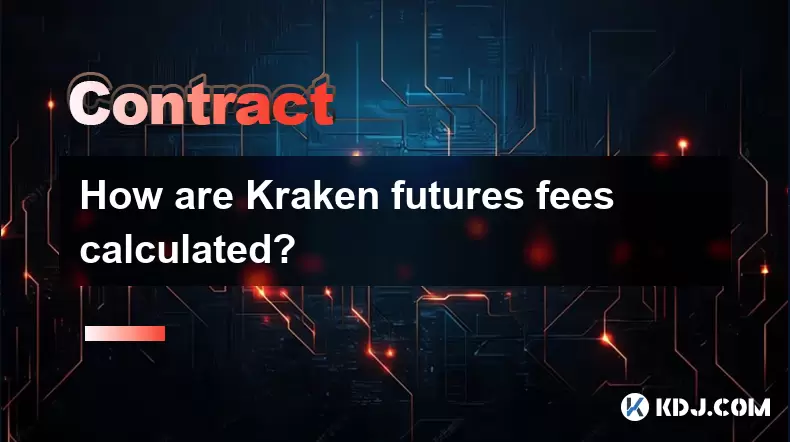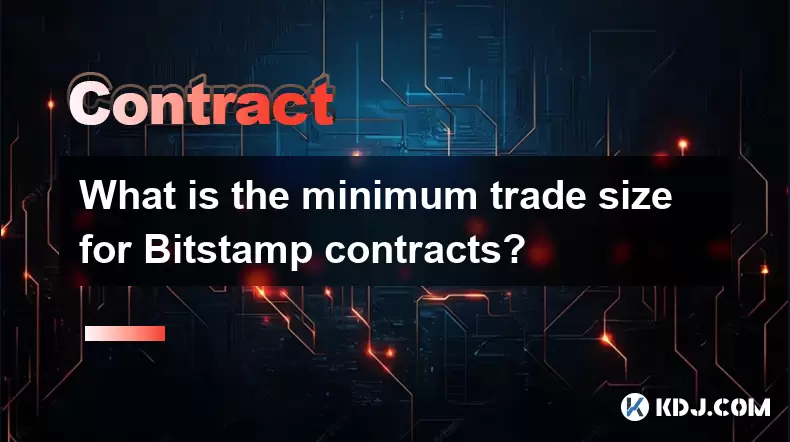-
 Bitcoin
Bitcoin $118600
-1.19% -
 Ethereum
Ethereum $3633
-2.99% -
 XRP
XRP $3.191
-10.14% -
 Tether USDt
Tether USDt $1.000
0.01% -
 BNB
BNB $776.1
-1.34% -
 Solana
Solana $189.7
-7.51% -
 USDC
USDC $0.0000
0.02% -
 Dogecoin
Dogecoin $0.2413
-10.49% -
 TRON
TRON $0.3099
-1.92% -
 Cardano
Cardano $0.8182
-9.31% -
 Hyperliquid
Hyperliquid $43.77
-4.82% -
 Stellar
Stellar $0.4286
-9.27% -
 Sui
Sui $3.717
-7.35% -
 Chainlink
Chainlink $18.22
-7.31% -
 Hedera
Hedera $0.2465
-9.91% -
 Bitcoin Cash
Bitcoin Cash $512.4
-2.64% -
 Avalanche
Avalanche $23.98
-6.82% -
 Litecoin
Litecoin $112.5
-5.53% -
 UNUS SED LEO
UNUS SED LEO $8.969
-0.24% -
 Shiba Inu
Shiba Inu $0.00001388
-10.11% -
 Toncoin
Toncoin $3.194
-4.31% -
 Ethena USDe
Ethena USDe $1.001
0.00% -
 Polkadot
Polkadot $4.128
-8.96% -
 Uniswap
Uniswap $10.19
-5.28% -
 Monero
Monero $313.7
-2.80% -
 Bitget Token
Bitget Token $4.712
-2.96% -
 Dai
Dai $0.0000
0.01% -
 Pepe
Pepe $0.00001275
-9.75% -
 Aave
Aave $291.4
-6.25% -
 Bittensor
Bittensor $426.7
-5.38%
How are Kraken futures fees calculated?
Kraken Futures uses a tiered fee model based on 30-day trading volume, with lower fees for higher volume and maker orders, plus separate funding fees for overnight positions.
Jul 23, 2025 at 10:35 pm

Understanding Kraken Futures Fee Structure
Kraken futures fees are determined by a combination of factors including your trading volume, whether you're a maker or taker, and the specific contract type. The platform uses a tiered fee model based on 30-day rolling volume, meaning the more you trade, the lower your fees can become. Each tier corresponds to a specific fee rate for both maker and taker orders. For example, users in the lowest tier (0–$50,000 in volume) pay a taker fee of 0.02% and a maker fee of 0.01%. As volume increases, fees decrease—users above $50 million in volume can receive negative maker fees (rebates) and taker fees as low as 0.002%.
Making vs. Taking: What Determines Your Fee?
The distinction between maker and taker orders is crucial for calculating fees. A maker order adds liquidity to the order book—it sits and waits to be filled. These orders typically receive lower fees or even rebates. A taker order removes liquidity by immediately matching with an existing order. Taker fees are higher. On Kraken Futures, if your order is executed instantly against the order book, you’re charged the taker fee. If it sits in the book and gets filled later, you pay the maker fee. This dynamic can significantly impact your effective trading cost over time.
Step-by-Step Fee Calculation Example
To compute your actual fee, follow these steps:
- Identify your 30-day trading volume on Kraken Futures (visible in your account dashboard).
- Determine your current fee tier using Kraken’s published fee schedule.
- Check whether your order was maker or taker—this appears in your trade history.
- Multiply the contract value by the applicable fee rate (e.g., 0.01% for makers in Tier 1).
Add any funding fees if holding a position overnight—these are separate from trading fees.
For instance, if you open a $10,000 long position as a maker in Tier 1, your fee is $10,000 × 0.0001 = $1.00.
Funding Rates and Their Role in Total Cost
Futures fees on Kraken aren’t limited to entry and exit. If you hold a position past the funding interval (every 8 hours), you’ll pay or receive a funding fee based on the difference between perpetual contract prices and spot prices. This fee is paid to or by traders—not Kraken—and is calculated as:Funding Fee = Position Size × Funding RateThe rate is typically small (e.g., 0.01%) but compounds over time. Positions held for extended periods can accumulate meaningful funding costs or credits. Traders must monitor the funding rate indicator on Kraken’s futures interface to anticipate these charges.
How to Check and Verify Fees in Your Account
Kraken provides transparency through its interface:- Navigate to the “Futures” tab in your account.
- Click “Trade History” to see individual trades with fee breakdowns (in USD or base currency).
- Use the “Funding Payments” section to review all past funding fees.
- Export CSV files for detailed analysis—each entry includes timestamp, fee type, amount, and currency.
For example, a row labeled “Taker Fee” with “$0.50” confirms the exact cost of that trade. This level of detail helps traders audit their costs and optimize execution strategies.
Common Misconceptions About Kraken Futures Fees
Some users assume all futures fees are flat or that volume resets monthly—but Kraken uses a rolling 30-day window, so fees can change daily based on recent activity. Others overlook that funding fees are not part of Kraken’s trading fees—they’re peer-to-peer transfers. Also, some believe fees are only charged on entry; in reality, both opening and closing positions incur fees based on the same maker/taker logic. Recognizing these nuances prevents surprises in your profit and loss calculations.Frequently Asked Questions
Do Kraken futures fees vary by cryptocurrency pair?
No. Fees are standardized across all futures pairs (e.g., BTC/USD, ETH/USD). The same tiered structure applies regardless of the underlying asset.Can I reduce my fees without increasing volume?
Yes. Focus on placing maker orders instead of taker orders. Even in the same tier, consistently adding liquidity can cut your effective fee rate in half or more.Are there hidden fees beyond trading and funding?
No. Kraken Futures discloses all fees upfront. There are no deposit, withdrawal, or inactivity fees specific to futures trading. Everything is visible in your trade and funding history.How does Kraken calculate 30-day volume for fee tiers?
It’s a rolling sum of all futures trades executed in the past 30 days, denominated in USD equivalent. This total updates in real time and determines your current fee tier instantly—not at month-end.
Disclaimer:info@kdj.com
The information provided is not trading advice. kdj.com does not assume any responsibility for any investments made based on the information provided in this article. Cryptocurrencies are highly volatile and it is highly recommended that you invest with caution after thorough research!
If you believe that the content used on this website infringes your copyright, please contact us immediately (info@kdj.com) and we will delete it promptly.
- Score Big This Season with the BetMGM Bonus Code: Your Ticket to MLB Bonus Bets!
- 2025-07-24 06:50:12
- Bitcoin: From Digital Gold Rush to Evolving Asset Class
- 2025-07-24 06:50:12
- Bitcoin, Lightning Network, and Block Inc.: A New York Minute on Crypto's Mainstream Moment
- 2025-07-24 07:10:12
- PUMP Token: No Airdrop, But What's the Plan?
- 2025-07-24 07:10:12
- Asymmetric Shifts, Investor Losses, and Bold Strategies in Crypto: A New Era?
- 2025-07-24 07:15:12
- Crypto Trading 2025: AI Analytics, Binance Fees, and the Rise of Utility Tokens
- 2025-07-24 07:15:12
Related knowledge

Why is my Bitstamp futures position being liquidated?
Jul 23,2025 at 11:08am
Understanding Futures Liquidation on BitstampFutures trading on Bitstamp involves borrowing funds to open leveraged positions, which amplifies both po...

Does Bitstamp offer inverse contracts?
Jul 23,2025 at 01:28pm
Understanding Inverse Contracts in Cryptocurrency TradingIn the realm of cryptocurrency derivatives, inverse contracts are a specific type of futures ...

How to find your Bitstamp futures trade history?
Jul 23,2025 at 08:07am
Understanding Bitstamp and Futures Trading AvailabilityAs of the current state of Bitstamp’s service offerings, it is critical to clarify that Bitstam...

Can I use a trailing stop on Bitstamp futures?
Jul 23,2025 at 01:42pm
Understanding Trailing Stops in Cryptocurrency TradingA trailing stop is a dynamic type of stop-loss order that adjusts automatically as the price of ...

What is the minimum trade size for Bitstamp contracts?
Jul 23,2025 at 07:14pm
Understanding Bitstamp and Its Contract OfferingsBitstamp is one of the longest-standing cryptocurrency exchanges, established in 2011, and known for ...

How to trade ETH perpetuals on Bitstamp?
Jul 23,2025 at 03:28am
Understanding ETH Perpetual ContractsETH perpetual contracts are derivative products that allow traders to speculate on the price of Ethereum without ...

Why is my Bitstamp futures position being liquidated?
Jul 23,2025 at 11:08am
Understanding Futures Liquidation on BitstampFutures trading on Bitstamp involves borrowing funds to open leveraged positions, which amplifies both po...

Does Bitstamp offer inverse contracts?
Jul 23,2025 at 01:28pm
Understanding Inverse Contracts in Cryptocurrency TradingIn the realm of cryptocurrency derivatives, inverse contracts are a specific type of futures ...

How to find your Bitstamp futures trade history?
Jul 23,2025 at 08:07am
Understanding Bitstamp and Futures Trading AvailabilityAs of the current state of Bitstamp’s service offerings, it is critical to clarify that Bitstam...

Can I use a trailing stop on Bitstamp futures?
Jul 23,2025 at 01:42pm
Understanding Trailing Stops in Cryptocurrency TradingA trailing stop is a dynamic type of stop-loss order that adjusts automatically as the price of ...

What is the minimum trade size for Bitstamp contracts?
Jul 23,2025 at 07:14pm
Understanding Bitstamp and Its Contract OfferingsBitstamp is one of the longest-standing cryptocurrency exchanges, established in 2011, and known for ...

How to trade ETH perpetuals on Bitstamp?
Jul 23,2025 at 03:28am
Understanding ETH Perpetual ContractsETH perpetual contracts are derivative products that allow traders to speculate on the price of Ethereum without ...
See all articles

























































































